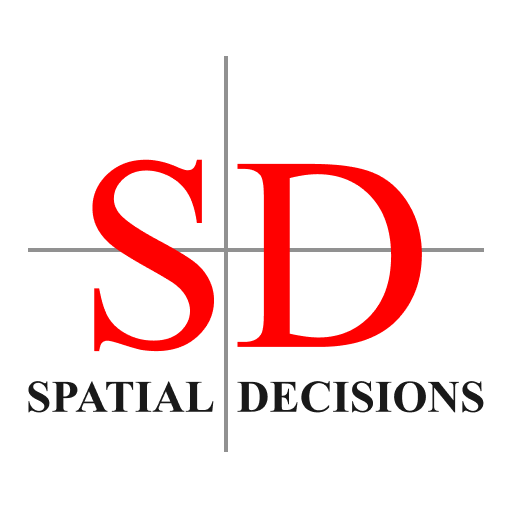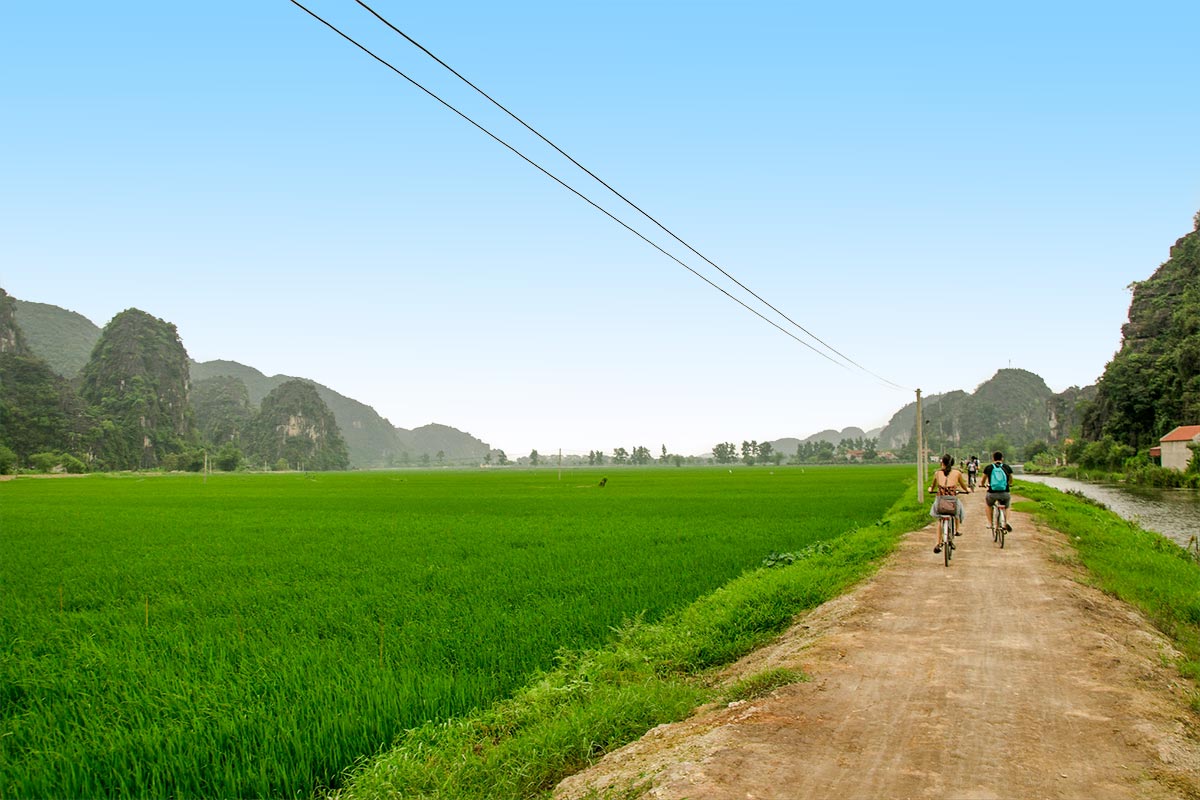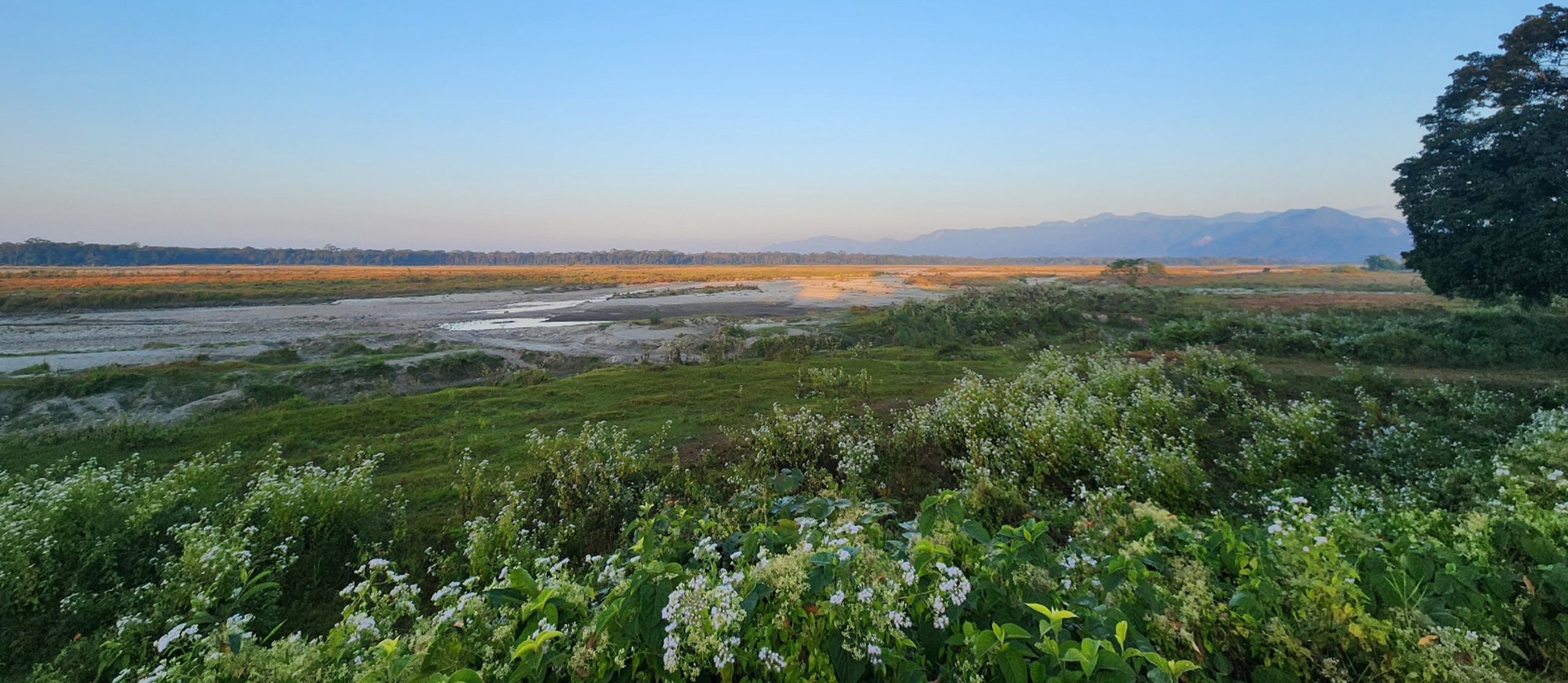The project work is to be guided by the 3E principle of environment, economics, and equity to assess future spatial development needs, based on a comprehensive urban profile and a multi criteria priority analysis; a comprehensive understanding of the urban ecological system and land use; GIS based quantitative decision support systems; and international good practices.
The outcome of the project will be a Green City Action Plan based on the above that addresses a Green City vision with goals, indicators and timeline for improved livability; a spatial development plan; environment baseline; and a selection of short, medium and long-term, actions associated with investment plans, socio-economic and environmental benefits, and performance monitoring indicators for achieving green city targets.
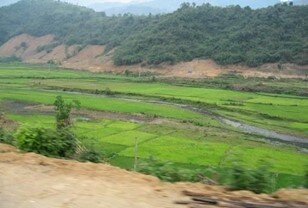
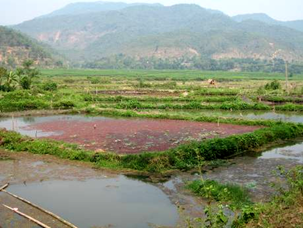
Services Description
-
Development of project overview and engagement with selected cities to collect necessary information and establish City Profile of the selected cities, establish GIS base data for assessment and project identification, and prepared project implementation schedule for the expert team, coordinating work and delivery through weekly progress review calls due to distributed location of experts.
-
Developed urban profile of selected cities based on a review of primary and secondary data, using consultative and participatory means by outlining and evaluating urbanization and environmental trends affecting livability in the cities; current plans, programs (at national or provincial / city level), and indicators (if any) to achieve ‘green’ targets; national policies, legislative and regulatory frameworks for urban planning and land management including mixed land use and densification
-
ssessed the potential for urban renewal to improve resource consumption and energy efficiency by retrofitting buildings (green construction standards and improved building codes); brownfields, including industrial estates, legacy sites, and infill buildings; ‘old’ public buildings and other service infrastructure
-
Developed a future green growth and expansion strategy and comprehensive spatial development plan/ map on a GIS decision support system based on the complete analysis of identified tasks and the inclusion of the spatial urban watershed plan analysis.
